Introduction
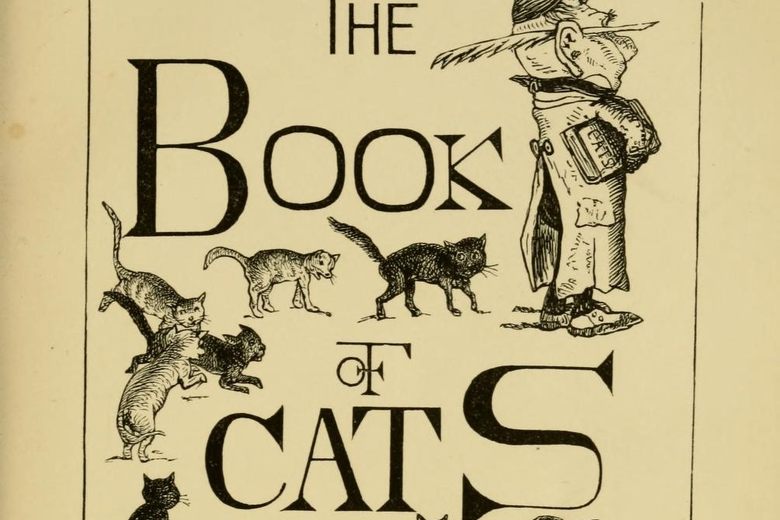
In Victorian culture, cats played a fascinating and multifaceted role. Whether as beloved companions in households or as subjects of superstitions and occult beliefs, they held significant cultural significance. Policies and attitudes towards cats during this period varied, with some viewing them as valuable members of the family and others associating them with witchcraft. Additionally, cats had practical uses in controlling pests and became fashionable accessories in both design and fashion. This article explores the many facets of cats' place in 19th-century society, shedding light on their historical significance.
Historical significance of cats in Victorian culture

Cats held a prominent place in Victorian culture, serving various roles and symbolizing different aspects of society. They were valued for their companionship, as well as their ability to control pests. Cats were often depicted in literature and art, highlighting their importance in everyday life. Additionally, superstitions surrounding cats played a significant role in Victorian society, portraying them as both bringers of luck and omens of misfortune. Cats also became fashionable accessories, indicating social status and wealth. Their association with mysticism and the occult further added to their historical significance in Victorian culture.
Policies and attitudes towards cats during the 19th century

During the 19th century, there was a wide range of policies and attitudes towards cats in Victorian society. While some individuals cherished their feline companions, others harbored negative sentiments towards them. In some instances, cats were associated with superstitions and considered to be agents of evil. Additionally, cats were often viewed as competitors for resources, especially among those involved in agriculture or poultry farming. Communities implemented various measures to control the cat population, such as issuing fines for owners whose cats roamed freely or causing harm to local wildlife.
Cats as Companions
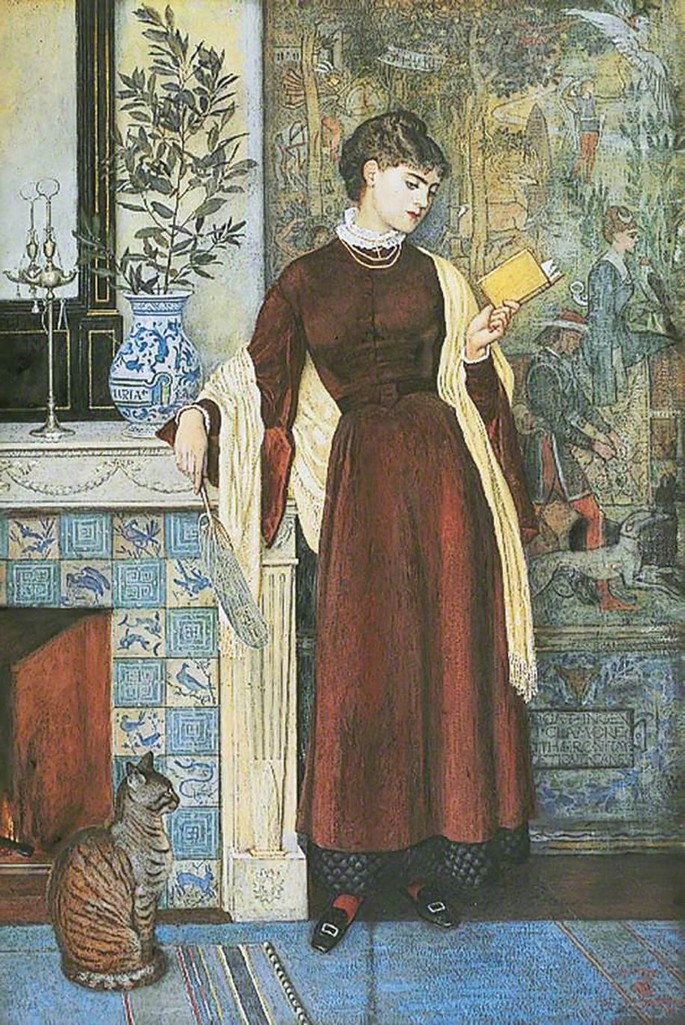
During the 19th century, cats became increasingly popular as beloved companions in Victorian households. Their playful nature and independent personalities made them a welcomed addition to many homes. Cats provided comfort and companionship to their owners, particularly to those living alone or in smaller households. They were known for their ability to form strong bonds with their human counterparts, offering solace and affection. In literature and art of the time, cats were often depicted as loyal and devoted companions, highlighting their role as cherished members of Victorian society.
The popularity of cats as pets in Victorian households

During the 19th century, cats became increasingly popular as pets in Victorian households. Their small size, independent nature, and ability to catch mice made them practical companions for many families. Cats were seen as more low-maintenance than dogs, requiring less space, exercise, and attention. Additionally, the Victorian era saw a rise in pet ownership as people sought companionship and comfort. Cats provided affection and entertainment, becoming beloved members of the family. Their popularity as pets contributed to their depiction in literature and art during this time.
The portrayal of cats in literature and art
/https://tf-cmsv2-smithsonianmag-media.s3.amazonaws.com/filer/95/db/95db799b-fddf-4fde-91f3-77024442b92d/egypt_kitty_social.jpg)
Cats have long held a significant place in both literature and art during the Victorian era. In literature, cats were often depicted as mysterious and independent creatures, symbolizing feminine grace or supernatural powers. Famous authors like Edgar Allan Poe and Lewis Carroll incorporated cats into their works to create an air of intrigue and mystery. In art, cats were commonly portrayed in paintings and sculptures as elegant companions or symbols of domesticity. The beauty and grace of cats were captured by artists such as Pierre-Auguste Renoir and Édouard Manet, adding to their timeless appeal in Victorian culture.
Cats and Superstitions

Throughout the 19th century, cats were surrounded by a plethora of superstitions in Victorian society. Many believed that black cats brought bad luck, associating them with witchcraft and the occult. Conversely, white cats were seen as symbols of good luck and fortune. There were also superstitions surrounding cats crossing one's path or sneezing, believed to bring either good or bad omens. These superstitions added an air of mysticism to the already enigmatic reputation of cats during this period.
Superstitions surrounding cats in Victorian society

Superstitions surrounding cats were prevalent in Victorian society. Many believed that crossing paths with a black cat brought bad luck, while others saw them as omens of good fortune. Some considered cats to be witches' familiars, companions to those practicing witchcraft. To protect against evil spirits, people often kept a black cat in their homes. Despite these superstitions, many Victorians still welcomed cats into their households and cherished them as beloved companions. These beliefs highlight the deep-rooted superstitions and mystical associations that cats held during the 19th century.
The belief in cats as bringers of good or bad luck

During the 19th century, there was a widespread belief among Victorians that cats could bring either good or bad luck. Some considered black cats to be omens of misfortune, associating them with witchcraft and evil spirits. Crossed paths with a black cat were seen as particularly unlucky. On the other hand, some believed that a cat crossing your path would bring good fortune. This superstition led to varying attitudes towards cats, with some households embracing their presence while others actively avoided them. The belief in cats as bringers of luck added to the mystique surrounding these enigmatic creatures in Victorian culture.
Cats and Pest Control
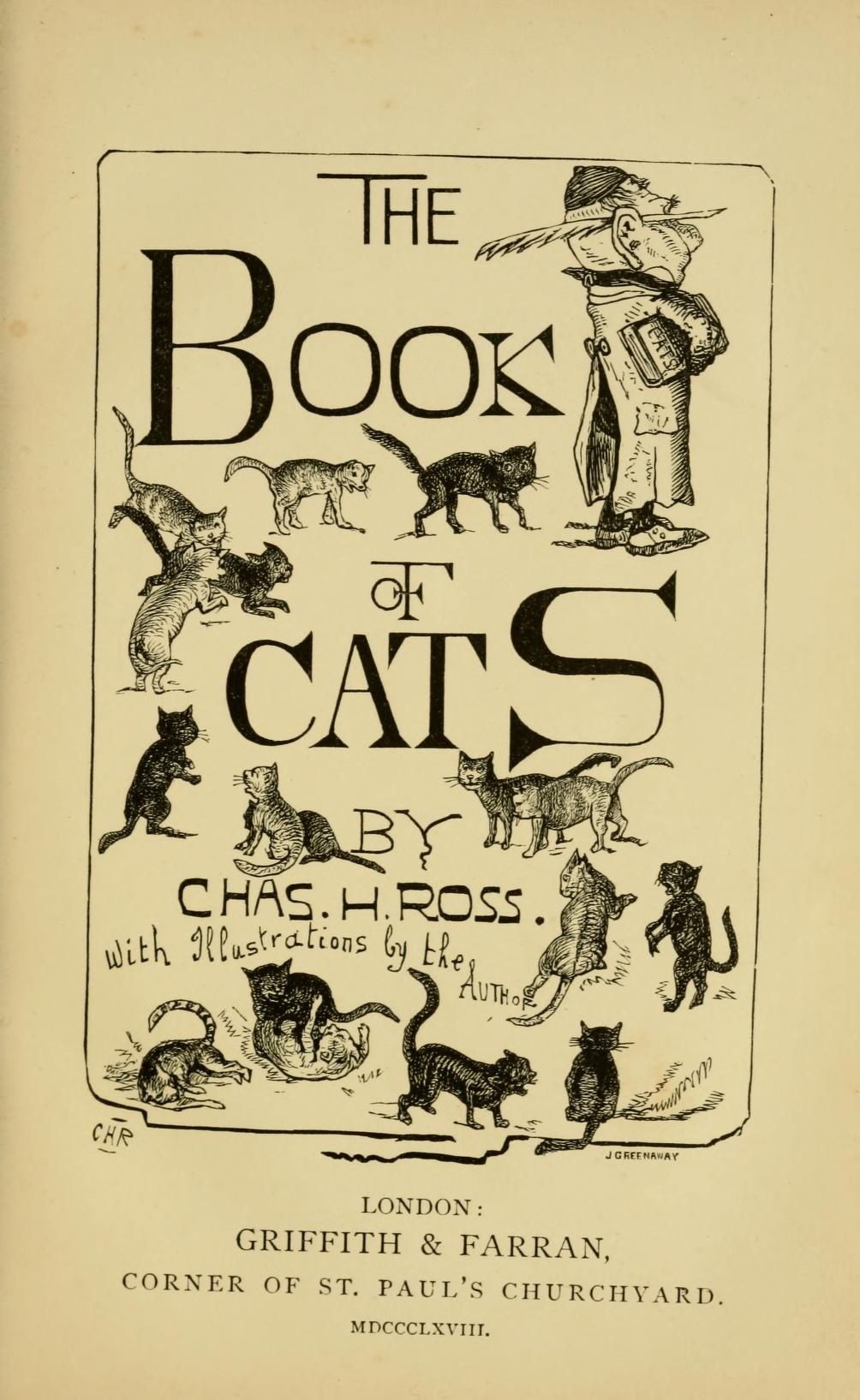
During the 19th century, cats played a vital role in controlling vermin and pests in Victorian households. Their natural hunting instincts made them excellent rodent catchers, helping to keep homes and communities free from infestations. Cats were often employed as pest control agents on farms, warehouses, and even ships. To ensure their effectiveness, Victorian cat owners would train their feline companions in various methods of capturing and eliminating pests. This practice not only served practical purposes but also showcased the resourcefulness and usefulness of cats in everyday life.
The role of cats in controlling vermin and pests

Cats played a crucial role in Victorian households by serving as natural pest controllers. With their agility, sharp instincts, and hunting prowess, cats were highly effective at keeping vermin and pests at bay. Rats, mice, and other small creatures that plagued homes and gardens were no match for the feline hunters. Their presence alone served as a deterrent, warding off potential infestations. The Victorian era saw a widespread recognition of cats' inherent ability to control pests, leading to their valued position as indispensable members of many households.
Victorian methods of cat training for pest control

Victorian households recognized the value of cats in controlling vermin and pests. To harness their natural hunting instincts, various methods of cat training were employed during the 19th century. One popular technique involved exposing kittens to dead or restrained prey, allowing them to observe and learn hunting techniques. Cats were also trained to respond to specific commands, such as "hunt" or "catch." Additionally, mechanical devices like pulleys and strings were utilized to simulate prey movements, helping cats hone their skills. These methods ensured that cats played an active role in pest control within Victorian homes.
Cats in Fashion and Style

Cats in Fashion and Style:
During the Victorian era, the influence of cats extended to the world of fashion and style. Cats were often used as accessories, with cat-themed jewelry becoming increasingly popular. Brooches, necklaces, and even hairpins adorned with cat motifs were highly sought after. Cats also inspired the design and decor of fashionable clothing, with cat prints and patterns being incorporated into dresses, fabrics, and accessories. The elegant and graceful nature of cats made them a symbol of sophistication and refinement in Victorian fashion.
The use of cats as accessories in Victorian fashion

During the Victorian era, cats were not only beloved companions but also fashionable accessories. Wealthy women would often adorn themselves with cat-themed jewelry, such as brooches and pendants featuring cat motifs. Cat fur was also used in fashion, especially for hats and muffs. The popularity of cats as stylish accessories reflected the fascination with these graceful creatures in Victorian society. Women who wore cat-themed fashion items were seen as fashionable and sophisticated, showcasing their love for these elegant creatures.
The influence of cats on design and decor

During the Victorian era, cats had a significant impact on design and decor. Their elegant and mysterious nature inspired various decorative elements. Cats were often depicted in intricate patterns on wallpaper, rugs, and upholstery. Their sleek and sinewy forms were replicated in furniture designs, with claw-like motifs and carved feline figures adorning pieces. Cat-shaped door knockers, candle holders, and even cat-themed chandeliers became popular decorative items. The presence of cats in design not only added a touch of charm but also symbolized luxury and refinement in Victorian homes.
Cats and Social Status
/https://tf-cmsv2-smithsonianmag-media.s3.amazonaws.com/filer/95/db/95db799b-fddf-4fde-91f3-77024442b92d/egypt_kitty_social.jpg)
During the Victorian era, cats were not only seen as beloved companions but also symbols of social status and wealth. Owning a cat was considered a luxury and a statement of one's refinement and sophistication. Cats were often associated with high society and could be found adorning the laps of aristocrats and upper-class individuals. Their presence in the homes of the elite served as a testament to their privileged status in society. This association between cats and social standing further elevated their reputation during the 19th century.
Cats as symbols of wealth and prestige during the Victorian era

During the Victorian era, cats became symbols of wealth and prestige. Owning a cat was seen as a luxury, reserved for the upper class. Wealthy Victorians would often showcase their feline companions as a way to display their status and refinement. Cats were associated with elegance and sophistication, making them popular among the aristocracy. Their presence in high society homes further emphasized the owner's wealth and social standing. In this era of opulence and extravagance, owning a cat was not only a practical choice for pest control but also a status symbol that enhanced one's reputation.
The depiction of cats in high society
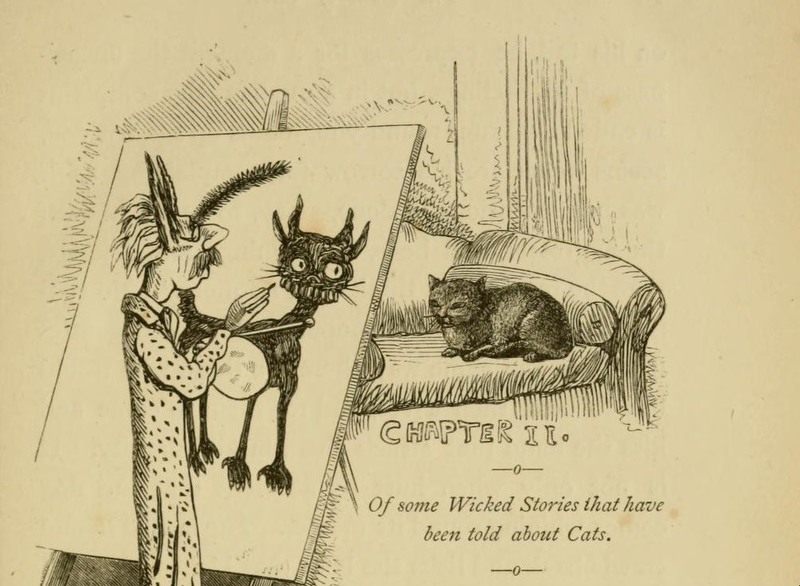
In the lavish world of Victorian high society, cats were often seen as a symbol of refinement and elegance. These regal creatures were embraced by the upper class, adorning the sitting rooms and drawing rooms of aristocratic households. Portraits of wealthy individuals frequently included their feline companions, highlighting their status and sophistication. Cats were associated with gracefulness and luxury, embodying the refined taste and discerning eye of their owners. Through this depiction in high society, cats became not only pets but also status symbols, representing wealth, refinement, and a certain level of social prestige.
Cats in Spiritualism and the Occult

During the 19th century, cats played a significant role in Victorian spiritualism and the occult. Many people believed that cats had a strong connection to mysticism and witchcraft. They were often associated with supernatural abilities and were thought to possess a heightened sense of intuition. Cats were believed to be able to detect spirits and ward off evil entities. This belief led to their inclusion in various cat-related rituals and folklore during this time period. Victorian society had a deep fascination with the mysterious nature of cats, further contributing to their association with the spiritual and occult realms.
The association of cats with mysticism and witchcraft
Throughout history, cats have been intertwined with mysticism and witchcraft. In the Victorian era, this association was particularly strong. Cats were believed to possess a supernatural connection, making them ideal companions for witches and mystics. Their ability to move silently and their mysterious nature gave them an air of enchantment. This belief was often portrayed in literature and art, further cementing the connection between cats and the occult. These associations added an element of intrigue and mystique to the Victorian fascination with cats.
Victorian interest in cat-related rituals and folklore

During the 19th century, Victorians had a keen interest in cat-related rituals and folklore. Cats were often associated with mysticism and witchcraft, and many believed that they possessed supernatural powers. It was not uncommon for individuals to engage in rituals involving cats, such as using their fur or bones for various purposes. Additionally, there was a fascination with cat-related folklore, with stories of black cats being seen as omens of good or bad luck. This interest in cats and their connection to the supernatural reflects the Victorian fascination with the mystical and the unknown.
Cats in Entertainment

During the 19th century, cats began to make their mark in the world of entertainment. They were featured in circus performances and traveling menageries, captivating audiences with their agility and playful antics. Cats were trained to perform tricks, walk tightropes, and even ride on miniature horse-drawn carriages. The Victorian era also saw the emergence of cat shows and cat fancy clubs, where people showcased their prized feline companions and competed for prizes based on various categories such as breed, coat pattern, and agility. Cats had firmly established themselves as not only beloved household pets but also as stars of the entertainment world.
Cats in circus performances and traveling menageries
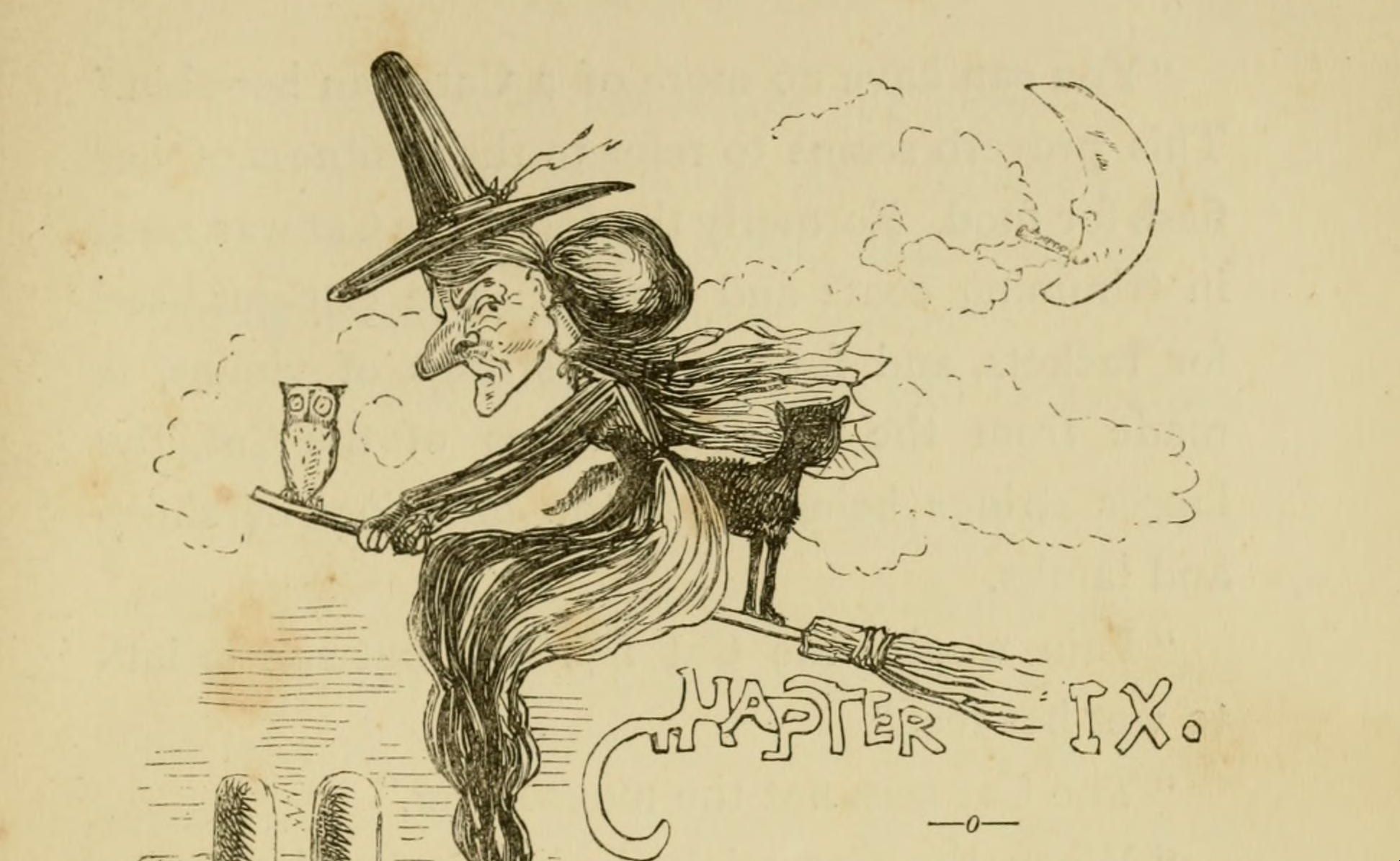
Cats played a fascinating role in 19th-century entertainment, finding themselves in circus performances and traveling menageries. These shows captivated audiences with daring acts of acrobatics and feats of strength performed by both humans and animals. Cats were often included in these spectacles, showcasing their agility and balance on tight ropes or performing tricks alongside their human counterparts. Audiences marveled at the grace and poise of these feline performers as they added an extra element of excitement to the already thrilling performances. Cats became beloved stars of the circus, captivating audiences with their charm and agility.
The emergence of cat shows and cat fancy clubs
During the late 19th century, a new phenomenon swept through Victorian society - the emergence of cat shows and cat fancy clubs. These events showcased pedigreed cats and allowed enthusiasts to gather and celebrate their favorite feline breeds. Cat shows became popular social events, attracting both participants and spectators alike. Judges assessed the cats based on their beauty, temperament, and breed standards, awarding prizes to the most exemplary specimens. Cat fancy clubs were also established during this time, providing a platform for cat lovers to share knowledge, promote responsible breeding practices, and organize exhibitions. These clubs played a crucial role in formalizing standards for different cat breeds and further popularizing the fascination with cats in Victorian culture.
Conclusion

In conclusion, cats played a significant role in 19th century Victorian culture. They were not only valued as beloved companions but also held symbolic and superstitious meanings. Cats were admired for their ability to control pests and were even incorporated into fashion and design. Their association with spirituality and entertainment further solidified their place in society. The legacy of these Victorian cat tales continues to influence our perception and appreciation of cats today.
The enduring influence of cats in 19th century culture

During the 19th century, cats held a significant role in Victorian culture and their influence endured throughout the era. Cats were not just seen as pets or companions, but they also played a role in superstitions, pest control, fashion, social status, spiritualism, and entertainment. Their presence in literature, art, and everyday life left a lasting impact on society. Even today, we can see the legacy of Victorian cat tales in our fascination with these mysterious and elegant creatures. From their depiction in popular media to the continued popularity of cat shows and clubs, the enduring influence of cats in 19th century culture is undeniable.
The legacy of Victorian cat tales

The legacy of Victorian cat tales continues to captivate audiences today. These whimsical stories and fables featuring cats have left a lasting impression on literature, art, and popular culture. From Lewis Carroll's curious Cheshire Cat in "Alice in Wonderland" to the mischievous antics of Beatrix Potter's Tom Kitten, Victorian cat tales have become beloved classics. They have inspired countless adaptations and retellings, ensuring that the charm and enchantment of these feline-centered stories endure for generations to come. Through their vibrant characters and imaginative plots, Victorian cat tales remind us of the enduring fascination and connection between humans and cats throughout history.




0 Comments